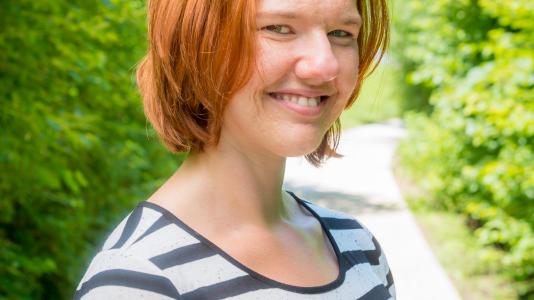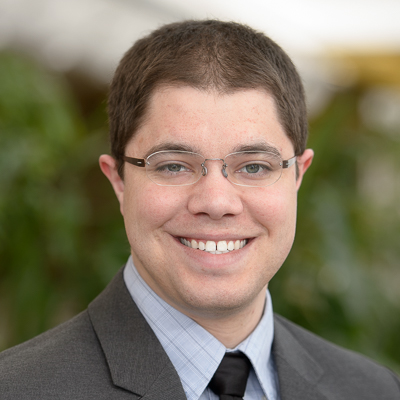
Jessica Linville, engineer
People throw away a lot of food and other things that makes a lot of stuff that makes the world get warmer. There are tiny life forms that grow without air that break down the food and other things we throw away. These tiny life forms make air type stuff that is made of stuff able to make power, bad stuff that makes our world get warmer, and a small bit of other stuff. The way we now take out the bad stuff that makes the world get warmer and other stuff takes a lot of money.
In our group, we focus on finding a way to take out the bad stuff that makes our world get warmer and the other stuff using very little money. We do this by causing the bad stuff to get caught in heavy things so that only the stuff able to make power is left. The heavy things have lots and lots of little pockets and the bad stuff that makes our world get warmer gets stuck inside of those pockets. The heavy things that our group uses is also made of things that people throw away so it takes very little money to buy. What is left is the stuff able to make power which can be used to power homes, cars, or to make food.
Imagine if this is used all over: this could lower our use of very, very old dead stuff to make power and could slow down how fast the world gets hotter.
(want more info? here’s a link to an example paper)
Joshua Bergerson, building scientist
Every building in the world uses power for things like making the air inside a building cool when the air outside is really hot, running the computers in the office, and to light rooms at night. This power usually makes a lot of the bad air that causes the world to get hotter. As people around the world try to make less bad air and use less power, the question becomes how quickly will change happen and what things are stopping change from happening right now. Many people have guessed answers to this question, but we need a better way to know what to expect in the years ahead.
My work studies how a person who owns a building decides to spend money to make their building use less power over time. When we track how many people change their building over several years, we have a good idea of how much power will be saved over time. We can also see how much power saving is possible in different areas of the world or in different building types to figure out where the biggest changes will happen and to help figure out what to do in different areas and building types slow to change. Finally, we can study how to save even power more by making the things an owner can buy save more power or buy them for less money. This helps those people who lead know which changes they need to make to realize a greener world in the years to come.
